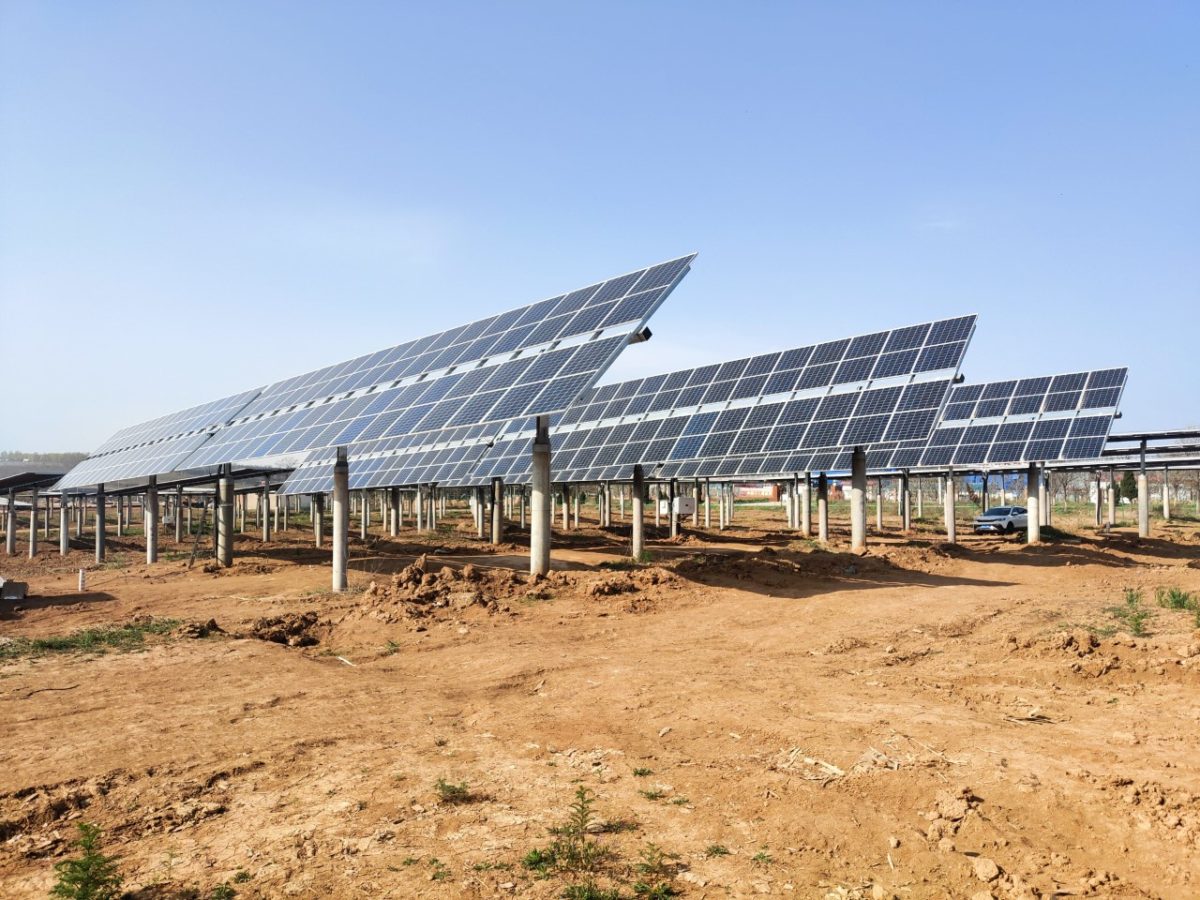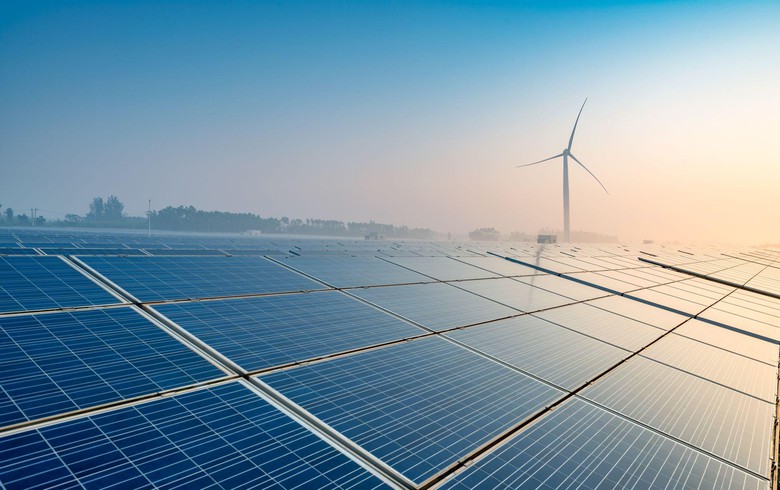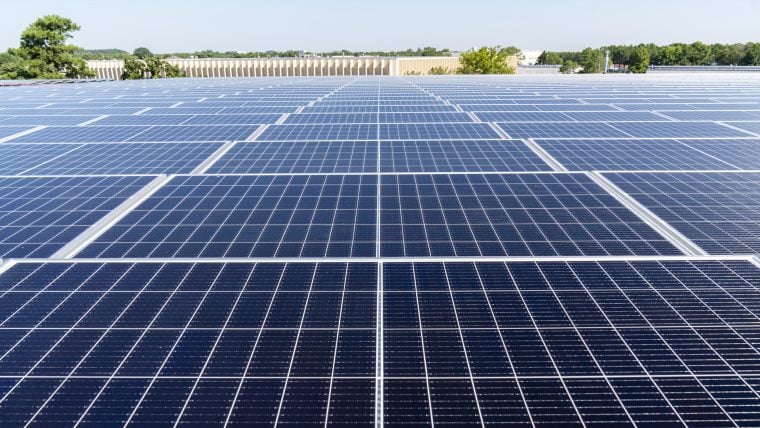Calculating Your Average Monthly Kilowatt-Hour Usage
One of the essential steps to ensure the optimal sizing of your solar PV system is knowing your average monthly kWh usage. There is a number of tasks to guide you on how to calculate this number.
-
Gather Utility Bills: To begin with, you need to collect your utility bills for the past year. They will provide the necessary and relevant information about your consumption patterns. Pay attention to the detailed information about your kWh usage, which is usually provided in addition to the billing information.
-
Identify kWh Usage: You will then be required to review each of your utility bills in detail to find out about your consumption of kWh. The relevant information is usually very clear and located in a prominent place on your bill. The amount of electricity consumed within the billing period should be specified somewhere on the bill. Add these numbers in all the bills that you have to find the total energy consumed per year.
-
Divide by Months: After you have gathered the total annual kWh usage, you should divide it by 12 to find out your average monthly use. For example, if your annual consumption is 12,000 kWh, your average monthly usage will be 1,000 kWh. Please note that annual use is not always accurately divided into months, but you can still calculate this value using your available data and knowledge of monthly seasonal changes in consumption rates.
-
Consider Seasonal Variations: Do not forget to take into account potential variations in your energy consumption throughout the year. For example, it is common for energy use to peak in hot summer months when you use air conditioning or during winter months when heating is a necessity. You will need to examine your bills carefully throughout each year to find and take into account these peaks. Also, consider any potential future changes or home improvements that may affect electricity consumption if you plan to buy any new machinery or newly insulated cable in your house or build an electric vehicle charger or another factor that may influence your electricity consumption.
-
Ask Professionals: If you have calculated your average monthly use and still do not feel confident in your ability to size your PV system, please consult solar PV professionals or installers, and they will be able to perform the necessary data analysis and find optimal system size for your consumption and lifestyle.
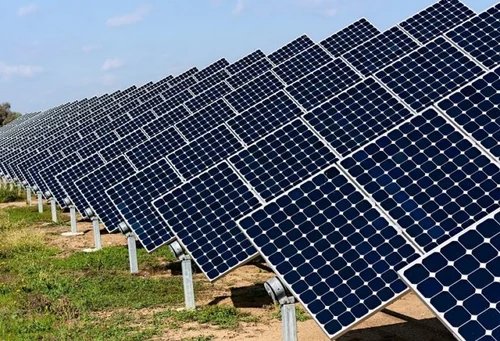
Calculating Your Daily Kilowatt-Hour Usage
Your daily kilowatt-hours usage should be understood for more effective energy management and the appropriate solar PV system sizing. Here is the instruction on how to calculate it:
-
Analyze Your Bills. Examine all utility bills you received over the past year and year. They contain information on how much energy you used on a daily basis.
-
Find the Data. Review every bill and note your daily kilowatt-hour usage. Utility bills differ, but the relevant section will typically show a monthly use in daily increments. For example, if your bill states you used 900 kilowatt-hours of energy over a 30-day billing period, it means your daily usage is 30 kWh a day
-
Calculate the Average Daily Use. After you noted your daily kilowatt-hour use, you need to determine your average daily use each month. You need to sum up your monthly data and divide by the total amount of days in your billing cycle to determine the average usage. If it is a single-month end billing cycle, then it is exactly the data you summed up. Take into account seasonal variations: the average daily use might be much higher in the summer, when people use air conditioning. The opposite is valid in milder months, when heating and cooling are not needed.
-
Also, differentiate between the use of energy on workdays and weekends. It is also likely that the same number of kWhs is used each weekend day because people have different weekend routines; the same is valid for the workweek. However, things may vary, so be attentive.
-
Adjust for irregular circumstances: if you’re on a holiday or a vacation, your daily energy use may be different. You also need to take into account any significant change of habitual image of consumption during some months. Signal these as possible outliers that need to be discarded.
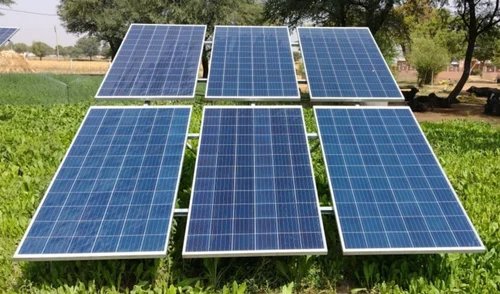
Estimating Solar Panel Sunlight Exposure
A way to describe a software system that evaluates how much sunlight a solar panel gets in order to estimate the potential creation of energy and follows:
-
Determine how many sunlight hours are there. Research the average sunlight hours a day for your current location. Use sources of reliable information to collect the needed data on the average solar radiation for every part of the world. In case there are 5 hours of sunlight on the average, this would be a solid base for this estimation.
-
Pay attention to the tilt angle and orientation for the panels. They usually should face the north in the case of locations in the Southern Hemisphere, or they should be faced to the south in case of the opposite direction. At the same time, the orientation and angle for the panels may not always be perfect because of the shading from the trees, buildings, angle for the panels. Also, remember that the direct sunlight during the summer time might be too much if it is not scattered by anything like snow.
-
Sunlight usually varies during the year caused by the changes in the angle and also hours of daylight. Pay attention to the tilt of the Earth’s axis for every of the four seasons in the year. Remember that the path of the sunlight during the summer is always higher than the one in the winter.
-
Calculate the exposure to the sunlight every day. Try to use the previously mentioned information on the hours of this exposure and the efficiency of solar panels to count this way how much sunlight the panels would get every day. In this way: 5 hours * 0.15 efficiency = 0.75 kWh/m 2 /day, meaning that solar panels with 15% efficiency will be exposed to 0.75 kWh of energy from the sun a day on every square meter.
-
Consider that such factors as the cloud, the state of atmosphere and also air pollution are important factors to be taken into consideration and can interfere with the sunlight. It is not possible to predict these things, but you may need to look at the weather reports for the last years in a specific locatio. ”
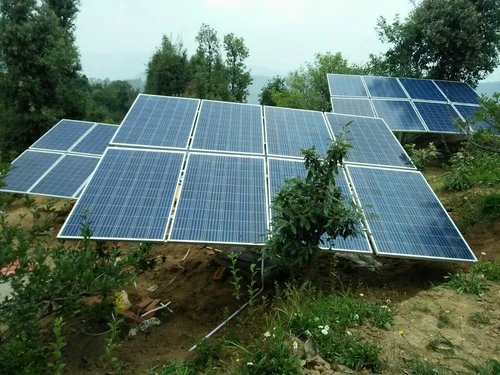
Estimating Solar Panel Sunlight Exposure
Estimating the amount of sunlight your solar panel will receive accurately is critical to determine how much energy it will produce. Here is a detailed guide for the same.
-
Analyze Sunlight Hours: You need to research the average daily sunlight hours for your location. You can find the information from resources like NREL or any online solar resources. For example, if your location receives an average of about 5 hours of sunlight in a day, you can take this as an estimation of your baseline.
-
Sun Angle and Orientation: If you want to investigate the Sunlight hours more accurately, you need to estimate the sun angle and orientation of the solar panels. You may decide that your solar panels are facing south in the Northern Hemisphere and north in the Southern Hemisphere to increase their exposure to the sunlight rays. Adjust it according to the tilt angle of the solar panels you installed and any shadow cast on your roof by other nearby objects like trees or buildings.
-
Seasonal Variations: The path of the sun varies with its position in the sky, and it changes with the seasons of the year. So, sunlight exposure varies with the seasons of the year. The winter sunlight is always less than that of summer because sunlight has to travel a longer distance and through more layers of atmosphere in winter. As a consequence, sunlight is more diffused and dimmed in winter than summer. The summer sunlight has no long distance to travel to reach the surface of the earth, and it illuminates the earth’s surface in the shortest time. This does not mean that sunlight is absent in winter, but it means that the earth’s surface is less illuminated in winter than summer.
-
Calculate Daily Sunlight Exposure: Find the daily amount of sunlight exposure to your solar panels if you could find the number of average sunlight hours in your area. You can achieve this by multiplying the average number of daylight hours in a day with the efficiency of your solar panels to calculate the amount of sunlight energy it receives each day. For example, 5 hours of sunlight for a panel with an efficiency of about 15% would mean receiving about.75 kWh/m^2 per day.
Estimating Solar Panel Sunlight Exposure
The accurate calculation of the amount of sunlight that a solar panel will receive is essential to determine potential energy generation. Below is a step-by-step guide to making this estimate:
-
Analyze sunlight hours: First, determine on average a number of hours of daily sunlight your location receives. It is possible to collect this information from reliable sources, in particular, from the National Renewable Energy Laboratory or from online solar resource databases. As an example, consider you obtain 5 average daily sunlight hours. It is now your baseline for estimation.
-
Sun angle and orientation: Note the influence of the angle and orientation at which the sun will hit solar panels. Ideally, they should be oriented towards south in the Northern Hemisphere and north in the Southern Hemisphere. Adjustments are needed according to the tilt angle of your panels and shading from nearby objects, such as trees or buildings.
-
Seasonal variations: Note the changes in sunlight exposure during different times of the year due to the sun’s travel path across the sky and the Earth’s tilt. An average phenomenon is sunlight exposure reaching its peak in summer and being at its lowest in winter.
-
Calculate the amount of sunlight: Multiply the average daily sunlight hours by the efficiency of your solar panels. If your solar panels are 15% efficient and your location on average receives 5 hours of sunlight per day, you will receive 0.75 kWh of sunlight energy per square meter per day.
Determining Solar Panel Quantity
The most important challenge in sizing a solar photovoltaic system is the correct determination of the number of solar panels required. The following provides a useful guideline for performing the task properly:
-
Energy needs. To begin with, examine the available information related to the system’s energy needs. For instance, determine your average monthly electricity consumption. It is based on the examination of utility bills for the past 12 months. It will provide you with information about the pattern of consumption you should refer to.
-
Daily energy consumption. Then, calculate your daily energy consumption. At the moment, it is chiefly important for you to know how many kwh your solar panels will have to produce on a daily basis. As such, if the monthly consumption equals k = 900 kwh and it is an average month with 30 days, the daily consumption will equal daily = k / 30 = 900 / 30 = 30 kwh .
-
Solar panel efficiency.From textbooks or other sources you will be able to find the information about the efficiency of the solar panel you are going to use. Normally, this efficiency is within the 15 – 20% range, with it being the measure of the sunlight percentage that is converted by the solar panel into electricity . With the efficiency adjusted, you can easily find out the daily energy production by your panel by multiplying the daily sunlight hours, pertinent to your location, by the adjusted efficiency. If the location’s positive sun hours amount to 5 and panel efficiency equals 18%, the daily energy production will be 5 * 0.18 = 0.9kwh.
-
Required solar panels.The problem with the determination of the sufficient number of solar panels you need to cover your solar energy needs. Here, the formula is as follows: required panels = daily / daily panel production = 30Kwh / 0.9 Kwh = 33.3 panels.

